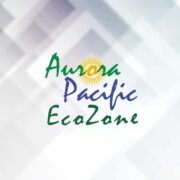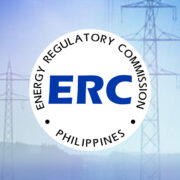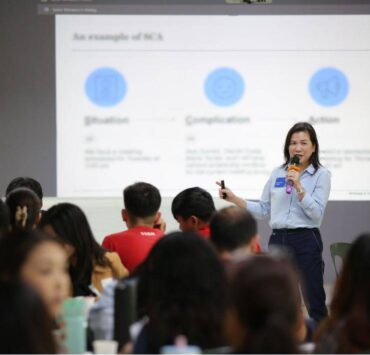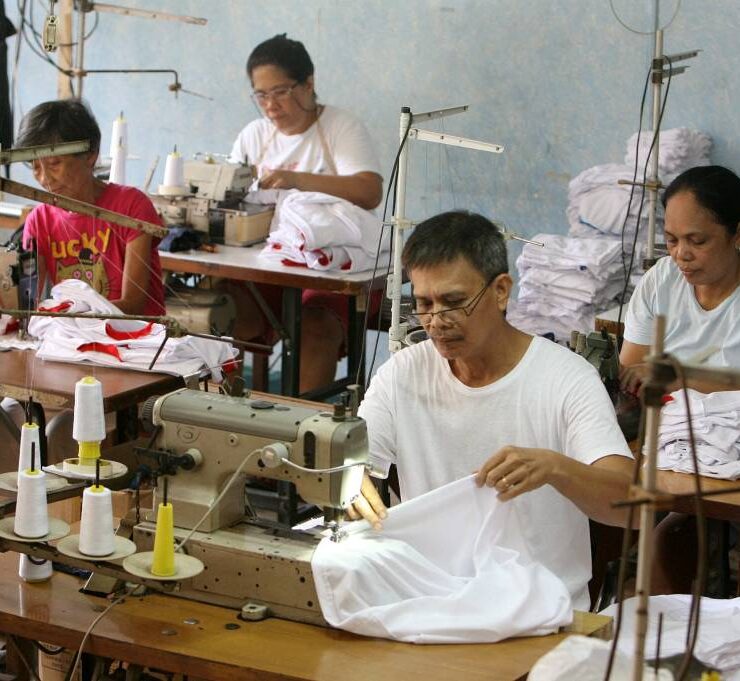From sewage to safe water: Science may actually be the easy part
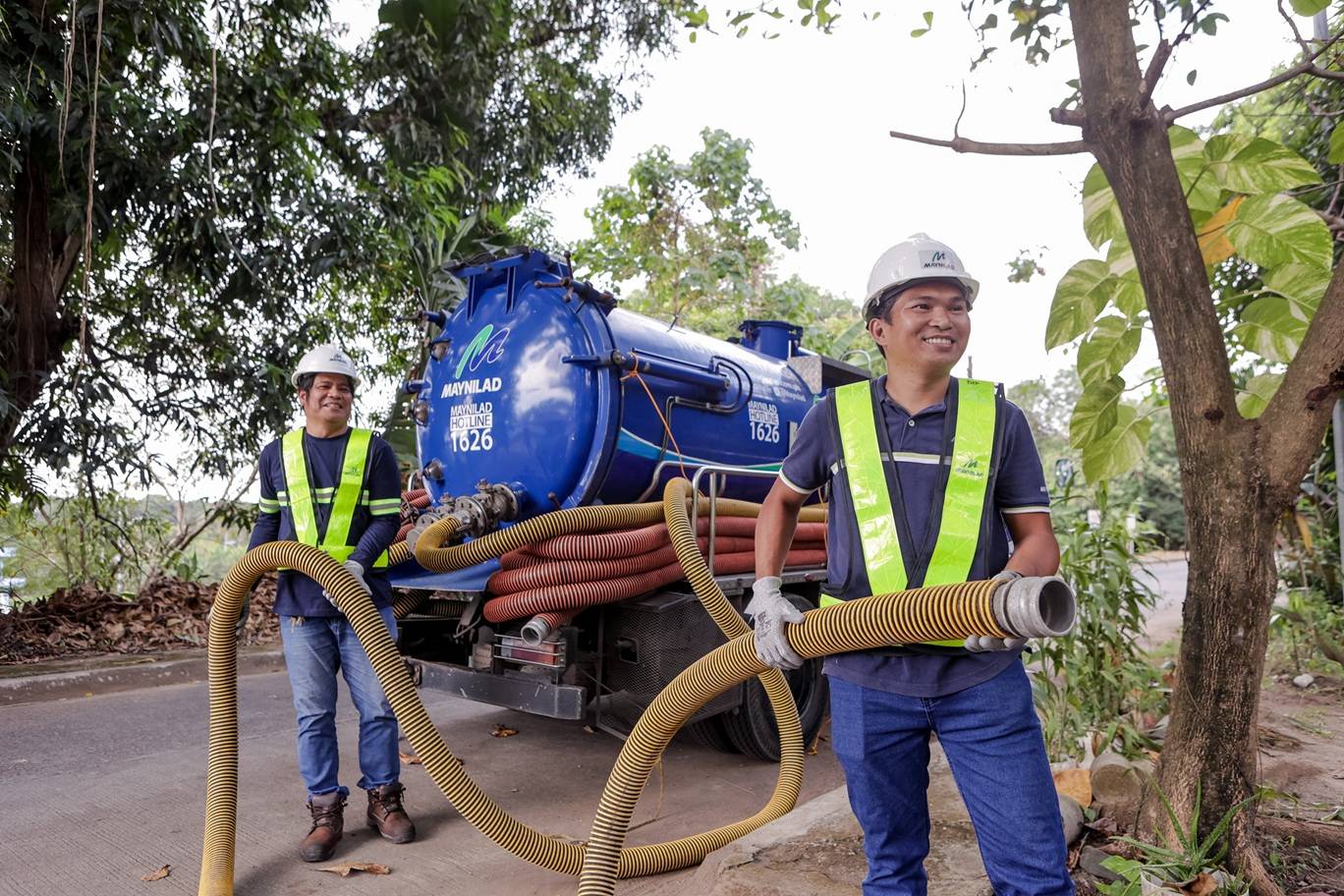
Cleaning wastewater from sewers may seem tough, but the real gridlock lies above ground—not funding woes, but land issues, red tape and undying misconceptions.
With climate risks and diseases linked to unsafe water, many producers worldwide have been investing in wastewater management. And this infrastructure is not just meant to treat water from natural sources. As part of sustainability solutions, water that has been used in many ways—from toilet flushing and showering to household laundry and several operations—can also be purified for drinking.
It’s water from the sewers going to your mouth.
These days, it’s no longer rocket science to turn sewage water to something potable. Namibia was the first in the world to recycle municipal wastewater into direct potable water back in 1968. Countries like the United States, India and France have long been using similar water treatment solutions.
Singapore, a water-importing state, produces craft beer brewed with treated wastewater called NEWBrew, which was showcased at the COP29 UN Climate Summit.
Here in the Philippines, a whopping 84 percent of wastewater is still being released into the environment without treatment, thus polluting water sources and threatening residents with waterborne diseases, such as cholera and gastroenteritis.
One of the groups aggressively expanding wastewater management is Maynilad Water Services Inc., backed by tycoon Manuel V. Pangilinan. Beyond supply reliability, the utility firm knows it could do a lot more in water treatment and recycling.
However, despite mounting investments, “persistent challenges” can still delay project launches, Zmel Grabillo, head of Wastewater Management Division at Maynilad, tells Inquirer in an interview.
ROW bottlenecks
Topping the list of constraints to wastewater management initiatives are right-of-way (ROW) issues and tedious bureaucratic processes.
These problems, sadly, are not exclusive to the water sector as they are also prevalent in other key industries, like energy and transportation.
Adding to lengthy processes of securing permits, Maynilad’s deployment of wastewater management initiatives is also challenged by the presence of informal settlers in areas where the facility is needed.

Another key hurdle is the fear among residents, “often driven by misconceptions about health or odor impact,” Grabillo notes.
“These challenges can slow down the rollout of essential services, affecting not only the West Zone but also other urban areas in need of improved sanitation,” he says.
Maynilad is the water and wastewater services provider for the West Zone, covering 17 cities and municipalities in Metro Manila and Cavite.
Wish list
The Maynilad official says expanding this initiative across the country demands “stronger collaboration” between the government and the private sector.
Maynilad is urging the government to: speed up permitting approvals for wastewater infrastructure; promote ROW coordination; and boost public education campaigns to combat misconceptions.
“These reforms are especially urgent in areas outside Metro Manila, where wastewater services remain limited. With the right enabling policies, the private sector can invest more confidently and help expand access to safe sanitation across the country,” he says.
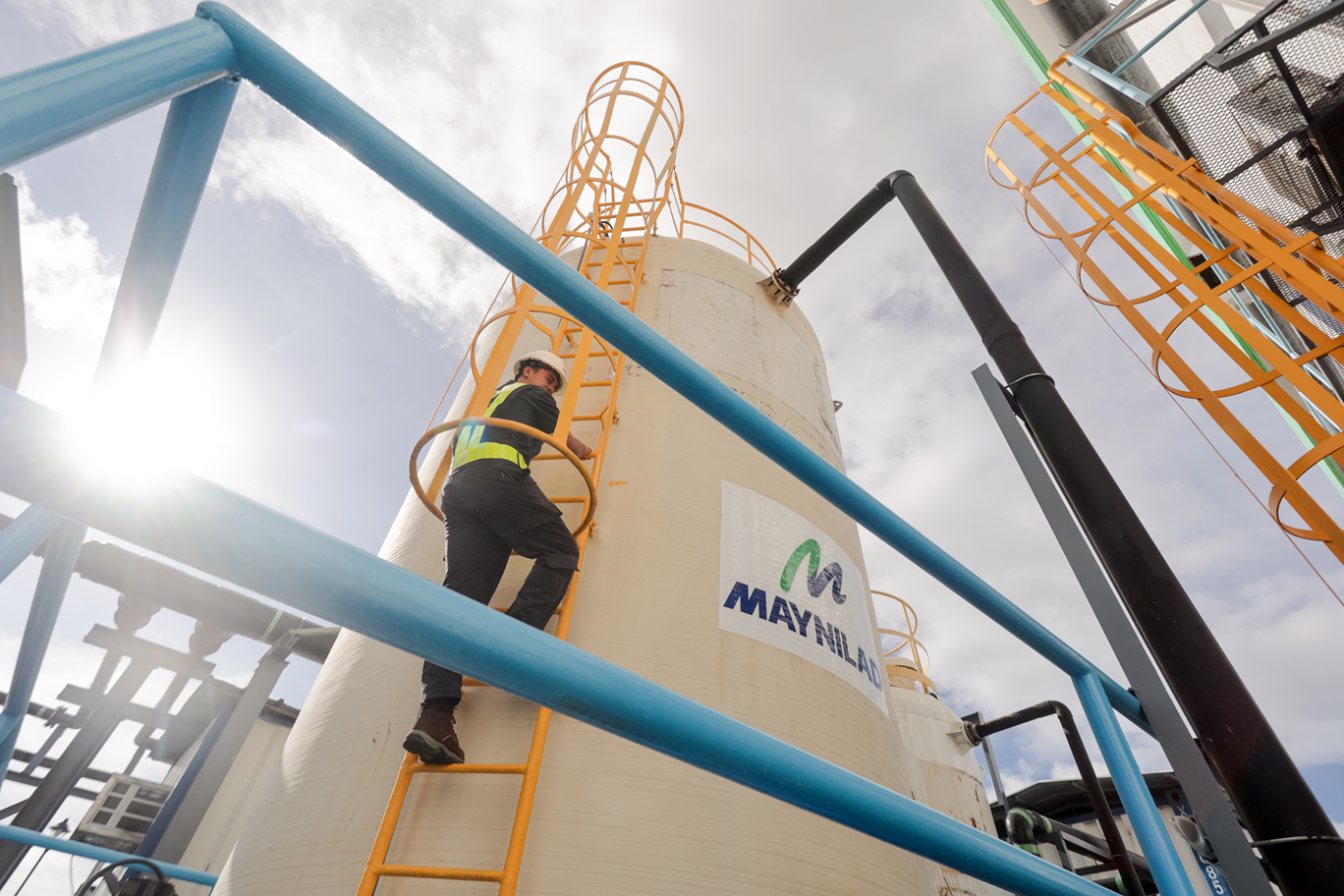
Last June, the Anti-Red Tape Authority (Arta), in partnership with other government agencies and private players, issued a joint memorandum circular to fast-track the approval of necessary permits needed to beef up water supply and wastewater systems along public and private roads.
Arta Secretary Ernesto Perez stressed at that time that “access to clean water is a fundamental right and a public good.”
With the new circular in place, Perez is hopeful this could eliminate bottlenecks and align policies—from the grassroots to the local levels.
Inclusive, safe water
Serving the country for decades, Maynilad aims to deliver sustainable and safe water.
But likewise part of its business is wastewater management. Its main services in this segment are sewerage systems and sanitation services.
In areas with sewer networks, Maynilad has invested in treatment plants and technologies to process the collected wastewater before discharging it to the environment.
Grabillo notes that the wastewater undergoes “rigorous processing to meet regulatory standards.”
Locations without sewer lines, on the other hand, receive septic tank desludging every five years for free.
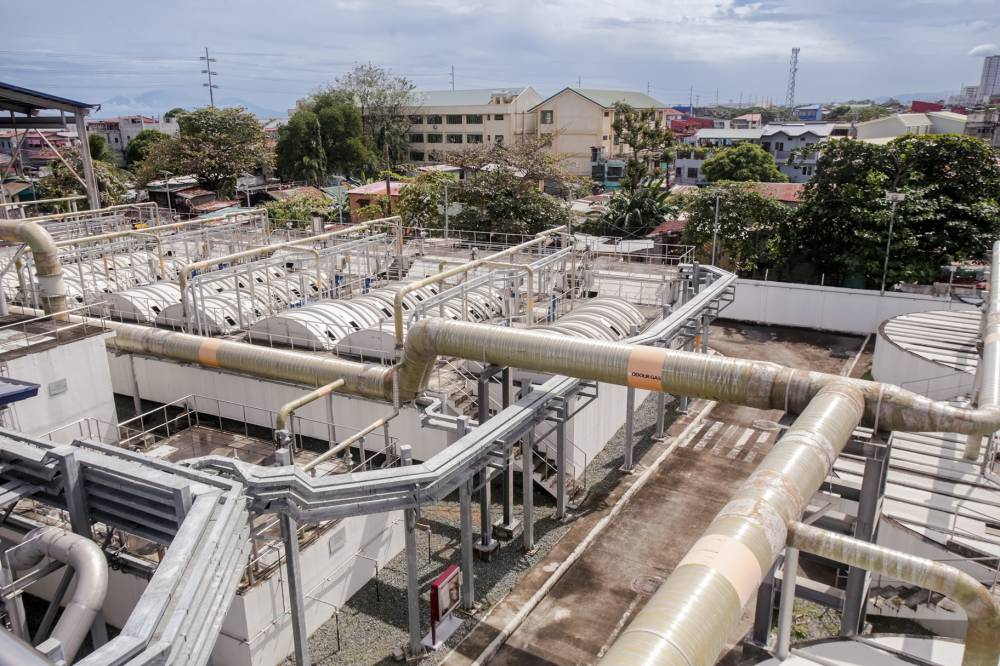
“These efforts directly support the cleanup of urban waterways and Manila Bay, in line with Supreme Court directives and environmental targets set by our regulators,” Grabillo says.
The representative boasts that Maynilad has “one of the most extensive wastewater management systems” in the local market.
Breaking it down into figures, the firm has 653.7 kilometers of sewer pipelines; 129 wastewater pumping and lift stations; 93 vacuum truck units for septic tank desludging; and 24 wastewater treatment facilities, composed of 21 sewage treatment plants, one septage treatment plant and two combined sewage-septage plants.
With this expanded network, Maynilad now has the capacity to treat up to 744,707 cubic meters of wastewater per day, a significant jump from 458,450 cubic meters per day in 2006, or before the consortium of Metro Pacific Investments Corp. and DMCI Holdings took over the utility company.
New water
Maynilad has also poured money into water reuse innovations. Dubbed the “New Water” project, known as the first direct potable water reuse in Asia, it can generate 5 million liters per day of safe drinking water for select locations in Parañaque.
Filipinos can expect more on this segment with the planned erection of its Pasay New Water Treatment plant.
New water reclamation facilities are also set to rise in Las Piñas, Caloocan, Muntinlupa and Manila.
While Grabillo does not provide investment figures, he said that Maynilad has spent “substantial and sustained investment over the years.”
“Moving forward, we remain committed to strengthening our wastewater operations as part of our long-term sustainability strategy. This includes further expanding sewerage coverage and enhancing sanitation services to reach more areas in the West Zone,” he says.
Maynilad is also open to potential partnerships with foreign firms to scale up its wastewater network.
From supply reliability to dirty water management, the utility that will soon go public has found a new growth engine.


